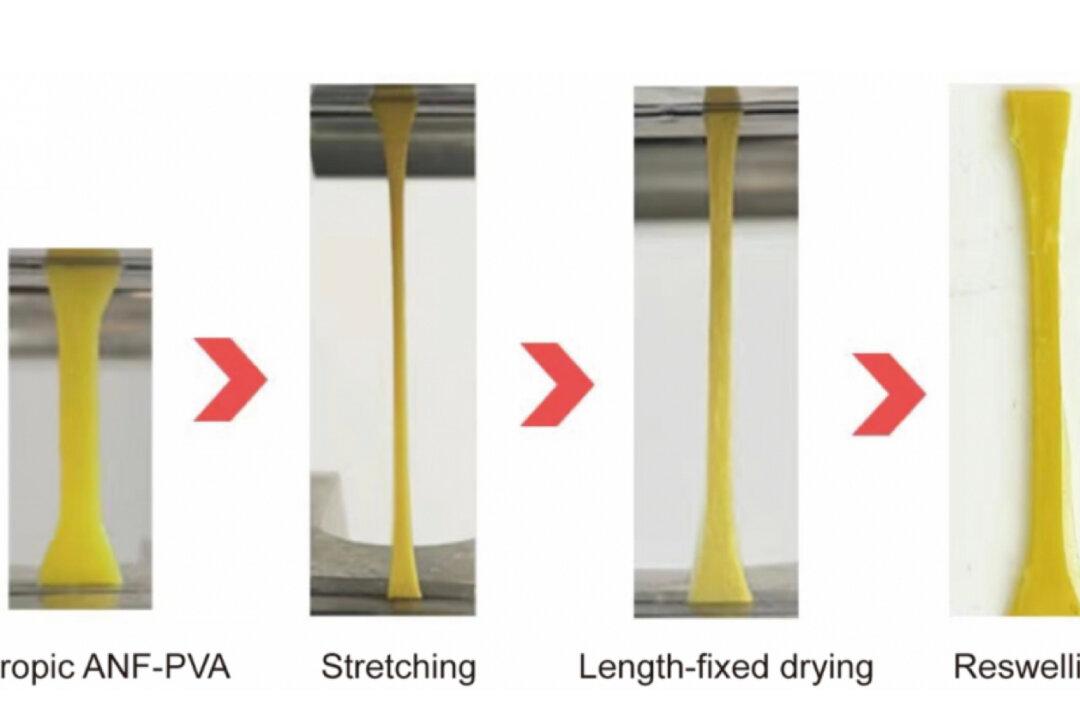The University of Hong Kong (HKU) has developed a novel type of hydrogel that mimics tendons, possessing properties comparable to those of natural tendons. This breakthrough technology has the potential for various applications, including human tissue repair, advanced biomedical robotics, and implantable human devices.
The natural tendon is a strong, resilient biological tissue rich in water content. While the medical community has been exploring synthetic hydrogel as an alternative to replicate the structure and characteristics of natural tendons for decades. However, the synthetic hydrogel material is more prone to fracture, which is not conducive to biomedical applications.




